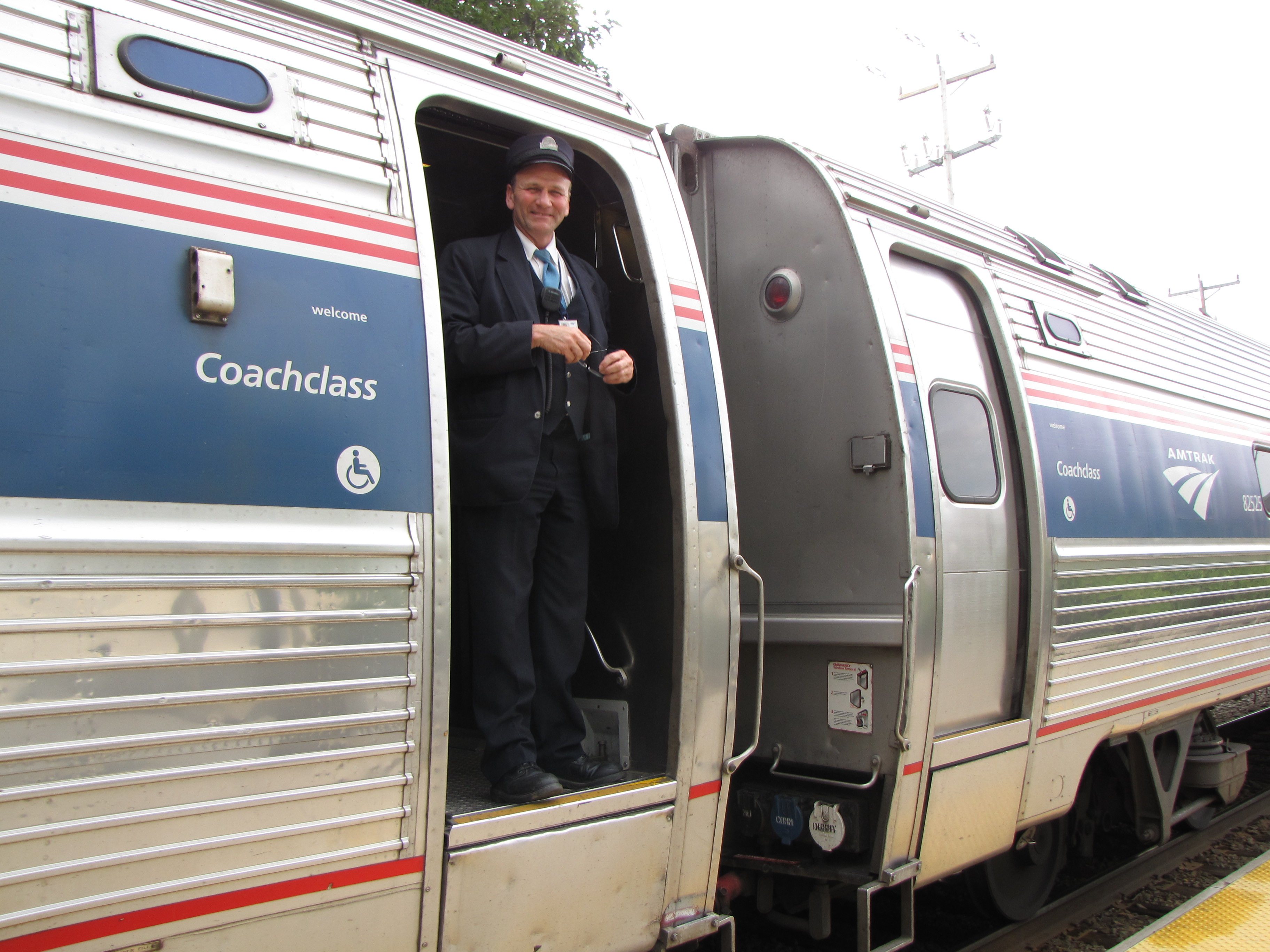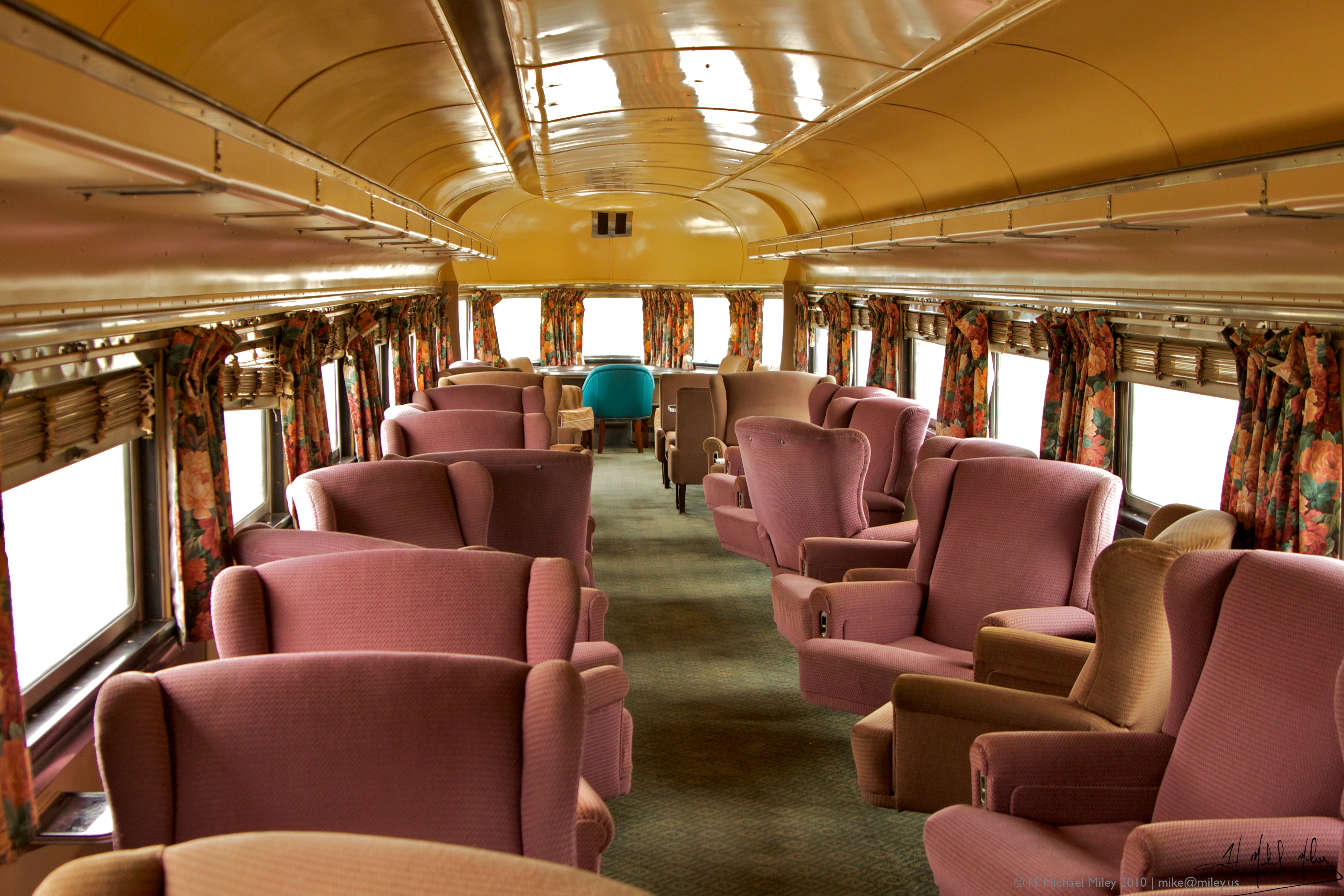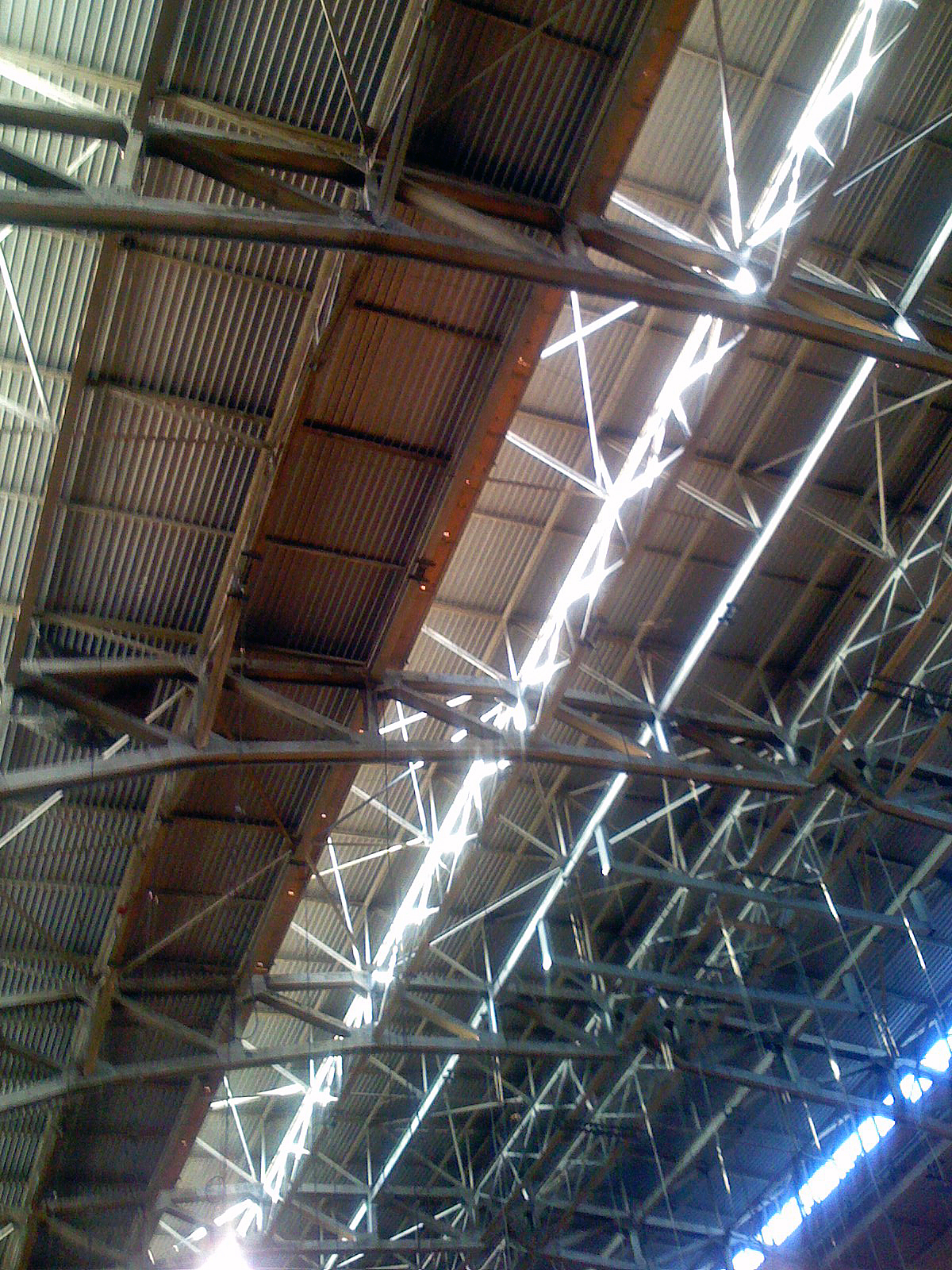|
Liverpool Road Railway Station (Manchester)
Liverpool Road is a former railway station on the Liverpool and Manchester Railway in Manchester, England; it opened on 15 September 1830. A 1830 warehouse, Liverpool Road railway station, warehouse exists on the opposite side of the tracks which was opened at the same time. The station was the Manchester Train station#Terminus, terminus of the world's first Inter-city rail, inter-city passenger railway in which all services were hauled by timetabled steam locomotives. It is the world's oldest surviving terminal railway station. With tracks running at a first floor level behind the building, it could also be considered one of the world's first elevated railway stations. The station closed to passenger services on 4 May 1844, when the line was extended to join the Manchester and Leeds Railway at Hunt's Bank. Liverpool Road was superseded by Manchester Victoria station for passenger services. Like its counterpart at Crown Street railway station, Liverpool Crown Street, the station ... [...More Info...] [...Related Items...] OR: [Wikipedia] [Google] [Baidu] |
Castlefield
Castlefield is an inner-city conservation area in Manchester, North West England. The conservation area which bears its name is bounded by the River Irwell, A34 road, Quay Street, Deansgate and A56 road, Chester Road. It was the site of the Roman Empire, Roman era castra, fort of Mamucium or Mancunium which gave its name to Manchester. It was the terminus of the Bridgewater Canal, the world's first industrial canal, built in 1764; the oldest canal warehouse opened in 1779. The world's first passenger railway terminated here in 1830, at Liverpool Road railway station (Manchester), Liverpool Road railway station and the first railway warehouse opened here in 1831. The Rochdale Canal met the Bridgewater Canal at Castlefield in 1805 and in the 1830s they were linked with the Mersey and Irwell Navigation by two short cuts. In 1848 the two viaducts of the Manchester, South Junction and Altrincham Railway crossed the area and joined each other, two further viaducts and one mainline sta ... [...More Info...] [...Related Items...] OR: [Wikipedia] [Google] [Baidu] |
Mersey And Irwell Navigation
The Mersey and Irwell Navigation was a river navigation in North West England, which provided a navigable route from the Mersey estuary to Salford and Manchester, by improving the course of the River Irwell and the River Mersey. Eight locks were constructed between 1724 and 1734, and the rivers were improved by the construction of new cuts several times subsequently. Use of the navigation declined from the 1870s, and it was ultimately superseded by the Manchester Ship Canal, the construction of which destroyed most of the Irwell section of the navigation and the long cut between Latchford and Runcorn. History The idea that the Rivers Mersey and Irwell should be made navigable from the Mersey Estuary in the west to Manchester in the east was first proposed in 1660, and revived in 1712 by Thomas Steers. In 1720 the necessary bills were tabled. The act of Parliament for navigation, the ( 7 Geo. 1. St. 1 c. 15), was received in 1721. The construction work was undertaken by ... [...More Info...] [...Related Items...] OR: [Wikipedia] [Google] [Baidu] |
Train Guard
A conductor (North American English) or guard (Commonwealth English) is a train crew member responsible for operational and safety duties that do not involve actual operation of the train/locomotive. The role is common worldwide under various job titles, although on many railroads the role has been discontinued. The ''conductor'' title is most common in North America. In Commonwealth countries, the conductor (also sometimes known as ''train manager'') is someone who sells and/or inspects tickets. The responsibilities of the role typically include the following: * ensuring that the train follows applicable safety rules and practices * making sure that the train stays on schedule starting from the stations * opening and closing power operated doors * selling and checking tickets, and other customer service duties * ensuring that any cars and cargo are picked up and dropped off properly * completing en-route paperwork * directing the train's movement while operating in reverse * ... [...More Info...] [...Related Items...] OR: [Wikipedia] [Google] [Baidu] |
Boarding Pass
A boarding pass or boarding card is a document provided by an airline during airport check-in, giving a passenger permission to enter the restricted area of an airport (also known as the airside portion of the airport) and to board the airplane for a particular flight. At a minimum, it identifies the passenger, the flight number, the date, and scheduled time for departure. A boarding pass may also indicate details of the perks a passenger is entitled to (e.g., lounge access, priority boarding) and is thus presented at the entrance of such facilities to show eligibility. In some cases, flyers can check in online and print the boarding passes themselves. There are also codes that can be saved to an electronic device or from the airline's app that are scanned during boarding. A boarding pass may be required for a passenger to enter a secure area of an airport. Generally, a passenger with an electronic ticket will only need a boarding pass. If a passenger has a paper airlin ... [...More Info...] [...Related Items...] OR: [Wikipedia] [Google] [Baidu] |
Travel Class
A travel class is a quality of accommodation on public transport. The accommodation could be a seat or a cabin for example. Higher travel classes are designed to be more comfortable and are typically more expensive. Airlines Traditionally, an airliner is divided into, from the fore to aft, first, business, and economy classes, sometimes referred to as cabins. In recent years, some airlines have added a premium economy class as an intermediate class between economy and business classes. Each class is further divided into invisible booking or fare classes, which although booked into the same cabin differ in conditions and benefits outside of the cabin class travelled, such as frequent-flyer points, baggage limit, change or refund policy, etc. Ocean liners Before cruise ships dominated the passenger ship trade, ocean liners had classes of service, often categorized as First Class, Second Class, and Steerage. Companies such as Cunard Line continue this tradition, offerin ... [...More Info...] [...Related Items...] OR: [Wikipedia] [Google] [Baidu] |
First Class Travel
First class is the most luxurious and most expensive travel class of seats and service on a train, passenger ship, airplane, bus, or other system of transport. Compared to business class and economy class, it offers the best service and most comfortable accommodation. Aviation The First class (aviation), first-class section of a fixed-wing jet airliner is typically toward the front of the aircraft. Many airlines have removed first class altogether from their international flights, offering business class as their highest level of international service. First class passengers are usually allowed into Airport lounge, lounges at airports while they wait for their flights. Railways While first-class travel accommodation is common in intercity public transport rail services, they have become increasingly prevalent for commuters' short-distance daily travel, especially in rapid transit contexts, rather than longer-distance regional rail. Train stations in bigger cities may also off ... [...More Info...] [...Related Items...] OR: [Wikipedia] [Google] [Baidu] |
Interior Of Liverpool Road Railway Station, Manchester In 2023 During A Heritage Open Day 02
Interior may refer to: Arts and media * ''Interior'' (Degas) (also known as ''The Rape''), painting by Edgar Degas * ''Interior'' (play), 1895 play by Belgian playwright Maurice Maeterlinck * ''The Interior'' (novel), by Lisa See * Interior design, the trade of designing an architectural interior * ''The Interior'' (Presbyterian periodical), an American Presbyterian periodical * Interior architecture, process of designing building interiors or renovating existing home interiors Places * Interior, South Dakota * Interior, Washington * Interior Township, Michigan * British Columbia Interior, commonly known as "The Interior" Government agencies * Interior ministry, sometimes called the ministry of home affairs * United States Department of the Interior Other uses * Interior (topology), mathematical concept that includes, for example, the inside of a shape * Interior FC, a football team in Gambia See also * * * List of geographic interiors * Interiors (other) ... [...More Info...] [...Related Items...] OR: [Wikipedia] [Google] [Baidu] |
Stucco
Stucco or render is a construction material made of aggregates, a binder, and water. Stucco is applied wet and hardens to a very dense solid. It is used as a decorative coating for walls and ceilings, exterior walls, and as a sculptural and artistic material in architecture. Stucco can be applied on construction materials such as metal, expanded metal lath, concrete, cinder block, or clay brick and adobe for decorative and structural purposes. In English, "stucco" sometimes refers to a coating for the outside of a building and " plaster" to a coating for interiors. As described below, however, the materials themselves often have little or no difference. Other European languages, notably Italian, do not have the same distinction: ''stucco'' means ''plaster'' in Italian and serves for both. Composition The basic composition of stucco is lime, water, and sand. The difference in nomenclature between stucco, plaster, and mortar is based more on use than composition. ... [...More Info...] [...Related Items...] OR: [Wikipedia] [Google] [Baidu] |
Turnplate
A railway turntable or wheelhouse is a device for turning railway rolling stock, usually locomotives, to face a different direction. It is especially used in areas where economic considerations or a lack of sufficient space have served to weigh against the construction of a turnaround wye. Railways needed a way to turn steam locomotives around for return journeys, as their controls were often not configured for extended periods of running in reverse; also many locomotives had a lower top speed in reverse. Most diesel locomotives, however, can be operated in either direction, and are considered to have "front ends" and "rear ends" (often determined by reference to the location of the crew cab). When a diesel locomotive is operated as a single unit, the railway company often prefers, or requires, that it be run "front end" first. When operated as part of a multiple unit locomotive consist, the locomotives can be arranged so that the consist can be operated "front end first" no ... [...More Info...] [...Related Items...] OR: [Wikipedia] [Google] [Baidu] |
Deansgate
Deansgate is a main road (part of the A56) through Manchester City Centre, England. It runs roughly north–south in a near straight route through the western part of the city centre and is the longest road in the city centre at over one mile in length. History Deansgate is one of the city's oldest thoroughfares. In Roman times its route passed close to the Roman fort of Mamucium and led from the River Medlock where there was a ford and the road to Deva (Chester). Along it were several civilian buildings and a ''mansio'' in the vicinity of the Hilton Hotel. Part of it was called Aldport Lane from Saxon times. (Aldport was the Saxon name for Castlefield.) Until the 1730s the area was rural but became built up after the development of a quay on the river. The road is named after the lost River Dene, which may have flowed along the Hanging Ditch connecting the River Irk to the River Irwell at the street's northern end. (‘Gate’ derives from the Norse ''gata'', meaning wa ... [...More Info...] [...Related Items...] OR: [Wikipedia] [Google] [Baidu] |
Liverpool Road
Liverpool Road is a street in Islington, North London. It covers a distance of between Islington High Street and Holloway Road, running roughly parallel to Upper Street through the area of Barnsbury. It contains several attractive Terraced houses in the United Kingdom, terraces of Georgian architecture, Georgian houses and Victorian villas, many of which are listed buildings. There are a number of pubs, small businesses and restaurants along its route, as well as some secluded garden squares. The vast majority of the street is residential, with a bustling shopping and business area at the southern, Angel, London, Angel, end. History Liverpool Road was formerly named the ''Back Road'', one of a trio of roads with Upper Street and Lower Street (later renamed Essex Road) meeting at the The Angel, Islington, Angel Inn. By the late 16th century the Back Road ran mostly through open country from Holloway Road at a point named Ring Cross to the High Street in Islington village. It b ... [...More Info...] [...Related Items...] OR: [Wikipedia] [Google] [Baidu] |
Girder
A girder () is a Beam (structure), beam used in construction. It is the main horizontal support of a structure which supports smaller beams. Girders often have an I-beam cross section composed of two load-bearing ''flanges'' separated by a stabilizing ''web'', but may also have a box girder, box shape, Z shape, or other forms. Girders are commonly used to build bridges. A girt is a vertically aligned girder placed to resist shear loads. Small steel girders are Rolling (metalworking), rolled into shape. Larger girders (1 m/3 feet deep or more) are made as plate girders, welded or bolted together from separate pieces of steel plate. The Warren truss, Warren type girder replaces the solid web with an open latticework truss between the flanges. This arrangement combines strength with economy of materials, minimizing weight and thereby reducing loads and expense. Patented in 1848 by its designers James Warren (engineer), James Warren and Willoughby Theobald Monzani, its st ... [...More Info...] [...Related Items...] OR: [Wikipedia] [Google] [Baidu] |







